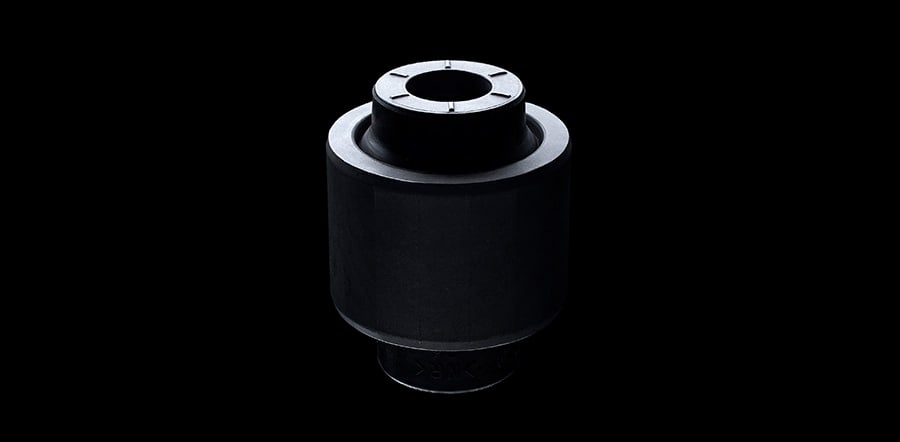On first impressions, it would be remiss to compare a suspension bushing — each individual piece no wider than five inches across — with a pair of chopsticks. There is, however, more of a common ground between the two than you may realise. As Mazda’s Yasuyoshi Mushitani explains, there is far more to suspension bushing than meets the eye.
Set on the table are five pairs of chopsticks, ascending from the lowest perceived quality to the very highest. The first set is from a Bento box set, the next from a convenience store. The third and fourth are from upmarket restaurants and the fifth set, remarkably, is a custom-made pair of handmade bamboo chopsticks, once altered and contoured by one specific user — Shunji Tanaka, the designer of the original Mazda MX-5. Made from bamboo tree, it took Tanaka around 40 years to find the right design; and they’re arranged as such so that Yasuyoshi Mushitani, Senior Principal Engineer, Chassis Dynamics Development Dept. at Mazda, can describe the importance of suspension bushing: a palm-sized, yet vitally essential, part found in the suspension system of any vehicle that seems to bear little resemblance to a set of chopsticks.

In order to strike the right balance between car and driver, suspension bushing can be adjusted in 0.1mm increments
Yet the chopsticks, Mushitani enthuses, are the ideal representation of how responsive touch, even at the smallest level, can be utilised when driving. Slim, tapered and lightweight, the user instantly knows how much pressure to apply to the dish and can receive instant touch-feedback on the food the chopsticks are touching. Even the material used to manufacture the chopsticks, such as bamboo, can change how the food tastes and how the overall meal is perceived. Chopsticks, it’s said, should also act as an extension to the human touch, rather than a simple device for eating food. It’s these similarities, Mushitani believes, that align with Mazda’s philosophy toward suspension bushing and that also help the driver feel more comfortable, in control and ‘as one’ with the vehicle, whether it’s tackling undulating roads, rough tracks or tight corners.
For those unaware, bushing is a small, cushioning part of the overall suspension system that’s designed specifically to absorb bumps in the road, to reduce noise under the car, and to control the amount of movement the vehicle chassis experiences during a drive, particularly when cornering. These elements, it would be fair to say, are just as important as any of Mazda’s head-turning exteriors. That each piece bushing plays such a large role with a small presence is yet another wonder of engineering.